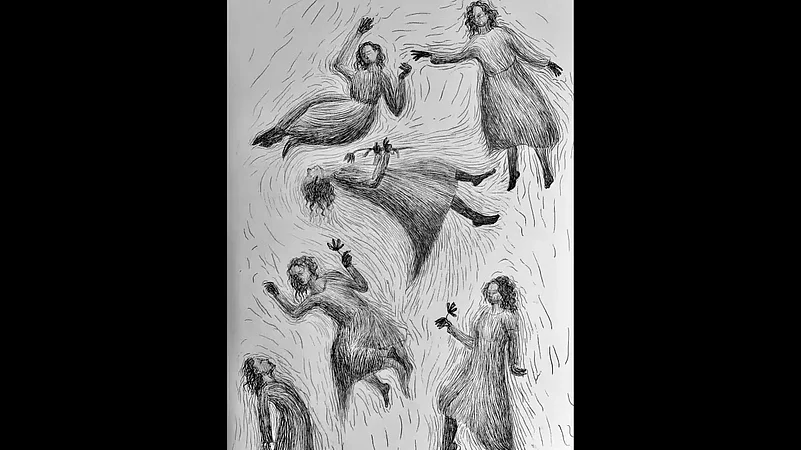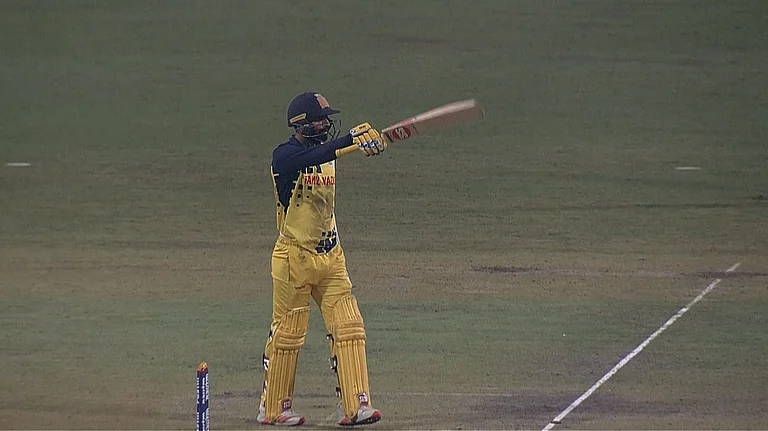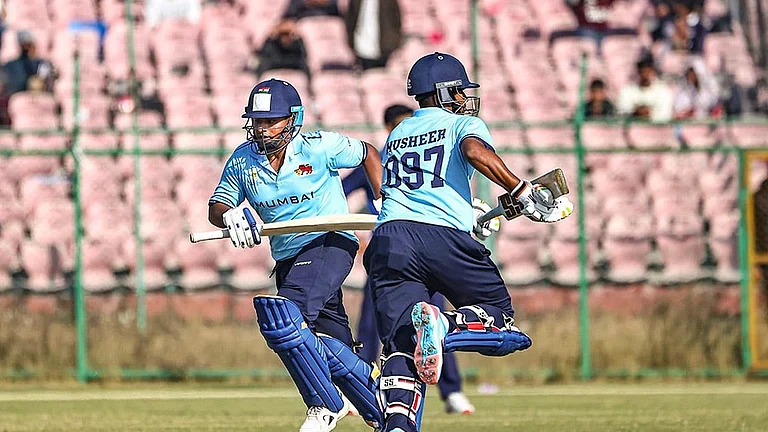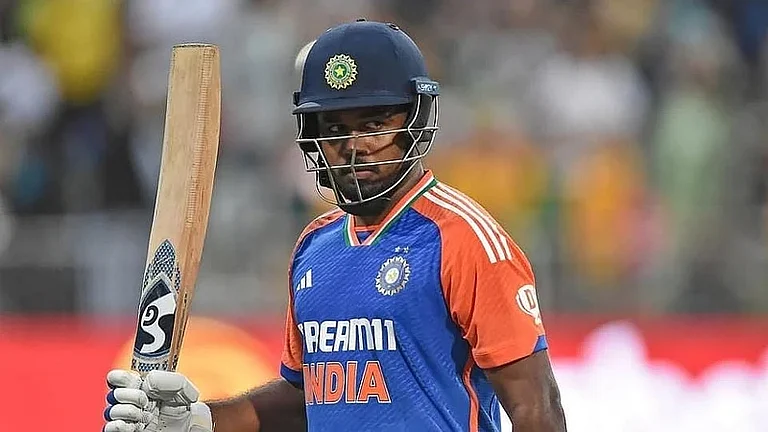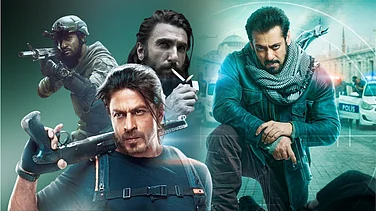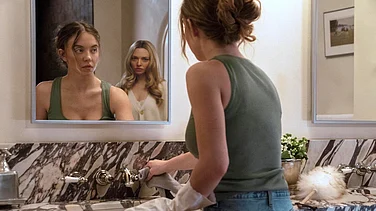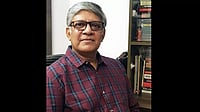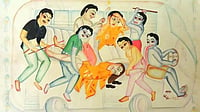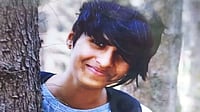The artworks by Anantnag-based Khytul Abyad are an exploration of identity, freedom, dissent, and feminism, against the dystopia of Kashmir. Evident in the titles of her black-and-white sketches — Lonely: One Word, Clear Blue Nothingness, Hypersomniac, Dance of the Dead, Children at War, Hiraeth, etc. — that are mostly human portraits in hatching technique.
In 1994, a year after Abyad was born, her father Dr Qazi Nisar, a spiritual leader and founder of Ummat-e-Islami, was killed by unidentified gunmen. Since childhood, the visual artist was exposed to political crackdowns, militancy, the Army, and regular episodes of violence. Even at home, there were restrictions on the extent she could engage with male visitors. “I could only interact with the women visitors, who almost always were beautiful storytellers and had something to share. I never had direct access to men’s stories, and so today, I have an abundance of women’s stories,” says Abyad, about the feminist themes in her artworks. The artist holds a BFA degree from Kashmir University and an MA in Art and Design from Lahore’s Beaconhouse National University. Apart from group shows in Srinagar, she showed her works at Kochi-Murizis Biennale (2014 and 2018 editions), and was a resident artist at Guru Scholars’ programme (December 2019-February 2020) in Buffalo, New York.
An ongoing work since her college days, which Abyad calls autobiographical, is of a fictional graphic novel about a little girl Ulfat, who goes on a walk with her brother, when her frock gets entangled in a barbed wire and tears. Abyad says back then she was just documenting her experience from memory. “But now I view it from the ‘matured’ experiences young in Kashmir have when they begin to venture out of their homes. I still have vivid memories of barbed wires, bunkers, military men and their faces… There is no direct experience of that violence or those people. But the visuals remain scattered in the mind, and I want to capture all such little details. There is certain originality and essence to the experiences that only the person living it can clearly depict. Someone else’s writing of these experiences, despite their obvious sense of empathy, will be very different from my writing them down. Like other marginalised communities, it is important we Kashmiris tell our stories in times like these.”
Abyad’s life experiences make her constantly question the concept of freedom. “A friend of mine once asked if I feel like I am not independent. I immediately thought about when we think of water, we think of breathlessness, drowning. But the fish inside the water feels so free. I often refer to fish as her, as feminine. I find fish very interesting, and I love watching them swim. It is why I keep visiting Sherbagh Garden, Anantnag, as the whole experience is very meditative,” she tells Outlook.
Young, upcoming artists could easily feel lost and overwhelmed by the surge of resistance poetry, art, theatre and other forms of dialogue in Kashmir, coupled with the lack of platforms outside Kashmir to display this angst. But Abyad says she only creates for self-fulfilment and will keep sharing her work on Instagram (@khyyyhk) even when the response is lacklustre. “I am an optimist and believe art is self-sustaining. I like to think people view my works and find them relatable. Whenever I am able to find a small space to reconcile a story, I tell it.” Where then does she find the courage to trudge on? “It comes down to who taught us to live this way, who don’t know they are brave but are in essence of how they live, with compassion and bravery. We have grown up alongside these emotions, which have become part of our lifestyle,” Abyad concludes.






